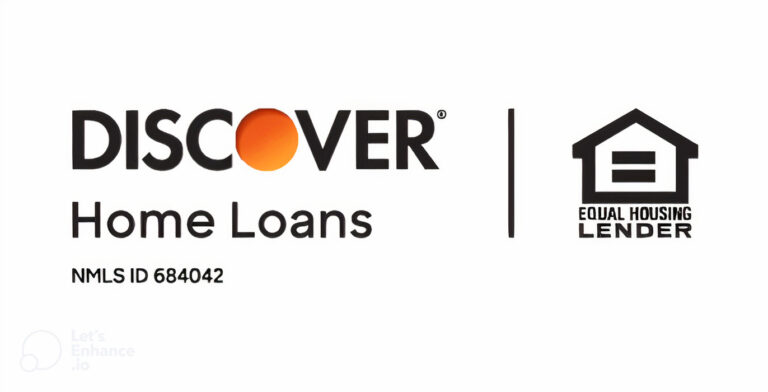Sponsored Content: A cash out refinance and a home equity line of credit (HELOC) can both give you access to cash by tapping the equity in your home. The one that will provide you with more value largely depends on current mortgage interest rates, how much equity you have in your home, and your financial goals.
How HELOCs are Different from Cash Out Refinances
A HELOC is an additional loan you take out on your home and works like a revolving line of credit that you can draw from as needed. A cash out refinance replaces your current mortgage with a larger one and provides you with the difference in cash. Interest rates tend to be lower for cash out refinances, and closing costs tend to be higher.
A cash out refinance involves refinancing your mortgage and taking out an additional lump sum of cash from the value of your home equity. These often come with a fixed interest rate and fixed monthly payments.
On the other hand, HELOCs operate more like credit cards where you can borrow up to a certain amount and make payments on a balance that accumulates interest. Interest rates on HELOCs are often variable, making future payments difficult to budget for.
Determine if You Have Enough Equity
Estimate the current market value of your home and compare that to how much you still owe on your mortgage to determine your equity. If you owe more than your home is worth, you won’t have access to a cash out refinance or a HELOC. You typically need at least a certain percentage of equity available in your home to qualify for either type of loan, though this number may vary by lender. For example, Discover® Home Loans offers cash out refinances for up to 90% combined loan-to-value (CLTV) but does not offer HELOCs.
How Much Money Do You Need?
With both HELOCs and cash out refinances, you can typically use the funds for anything you like. Cash out refinances are generally better for large purchases, and HELOCs offer the advantage of flexibility.
If you know you have a large expense coming up, a cash out refinance will likely give you access to the funds with a lower interest rate — if not also save you money on your overall mortgage.
On the other hand, while HELOCs generally have variable interest rates, you may not need to borrow as much as you would when taking out a cash out refinance.
The Bottom Line
The best value between a HELOC and cash out refinance ultimately depends on how much you need. If you know you need funds to cover a large purchase, a cash out refinance can provide you with a lump sum and likely lower interest rate.
On the other hand, if you have potential ongoing expenses and could use more flexible financing, a HELOC can offer better value so that you don’t borrow more than you need.
Please note: Discover Home Loans offers mortgage refinance and home equity loan products, but does not offer HELOCs.
About Discover Home Loans

Discover Home Loans provides home equity loans and mortgage refinance options with a range of benefits for qualified homeowners. Find options that fit within your budget at discover.com/home-loans. © 2023 Discover Bank, Member FDIC | NMLS ID 684042
Contact Information:
Carolina d’Arbelles-Valle [email protected] Senior Digital PR Specialist (201) 633-2125
Tags:
Reportedtimes, Google News, IPS, ReleaseLive, CE, PR-Wirein, Go Media, iCN Internal Distribution, Extended Distribution, English